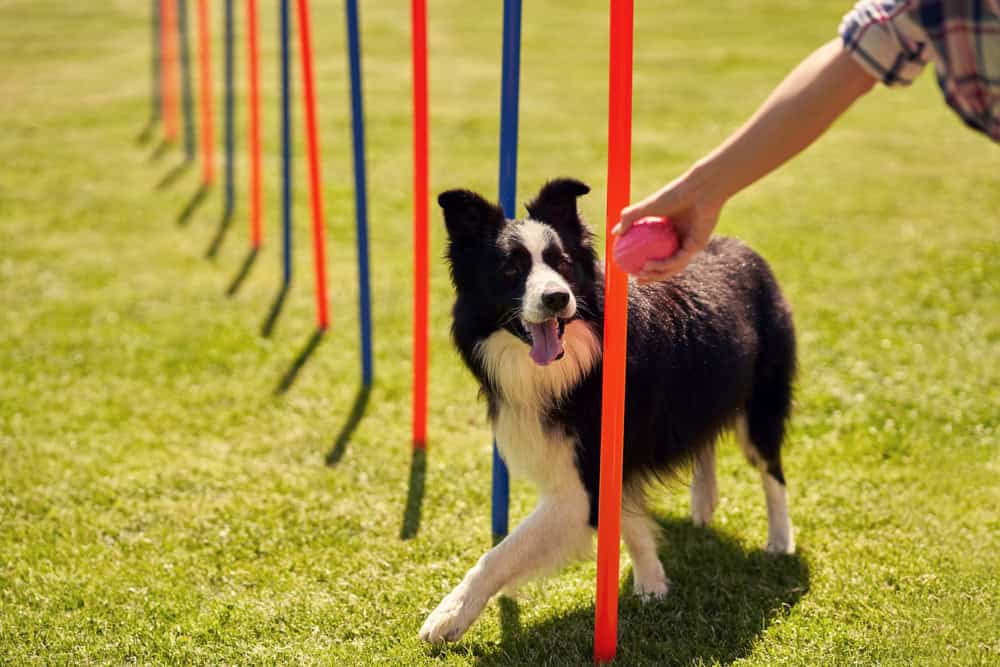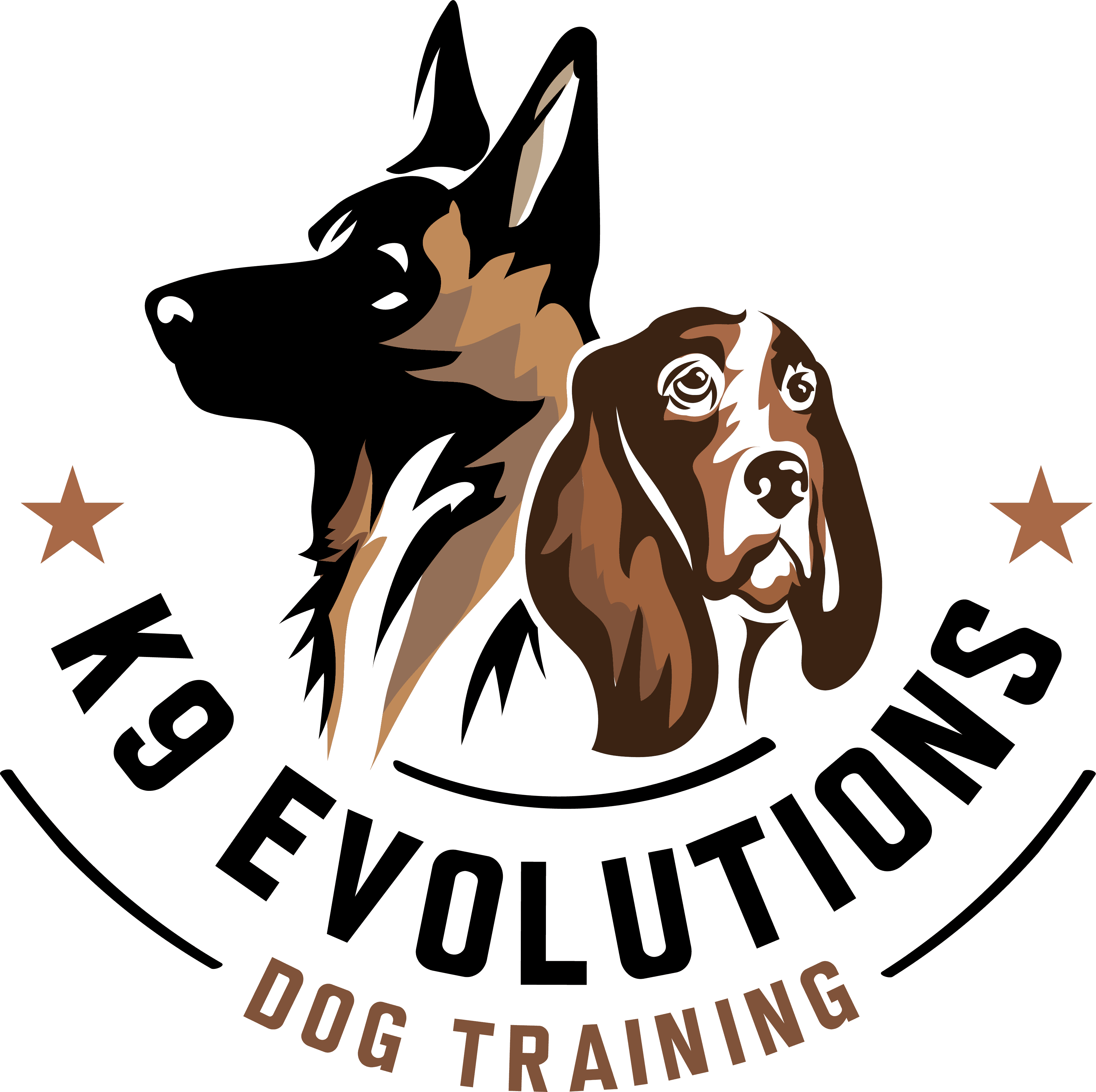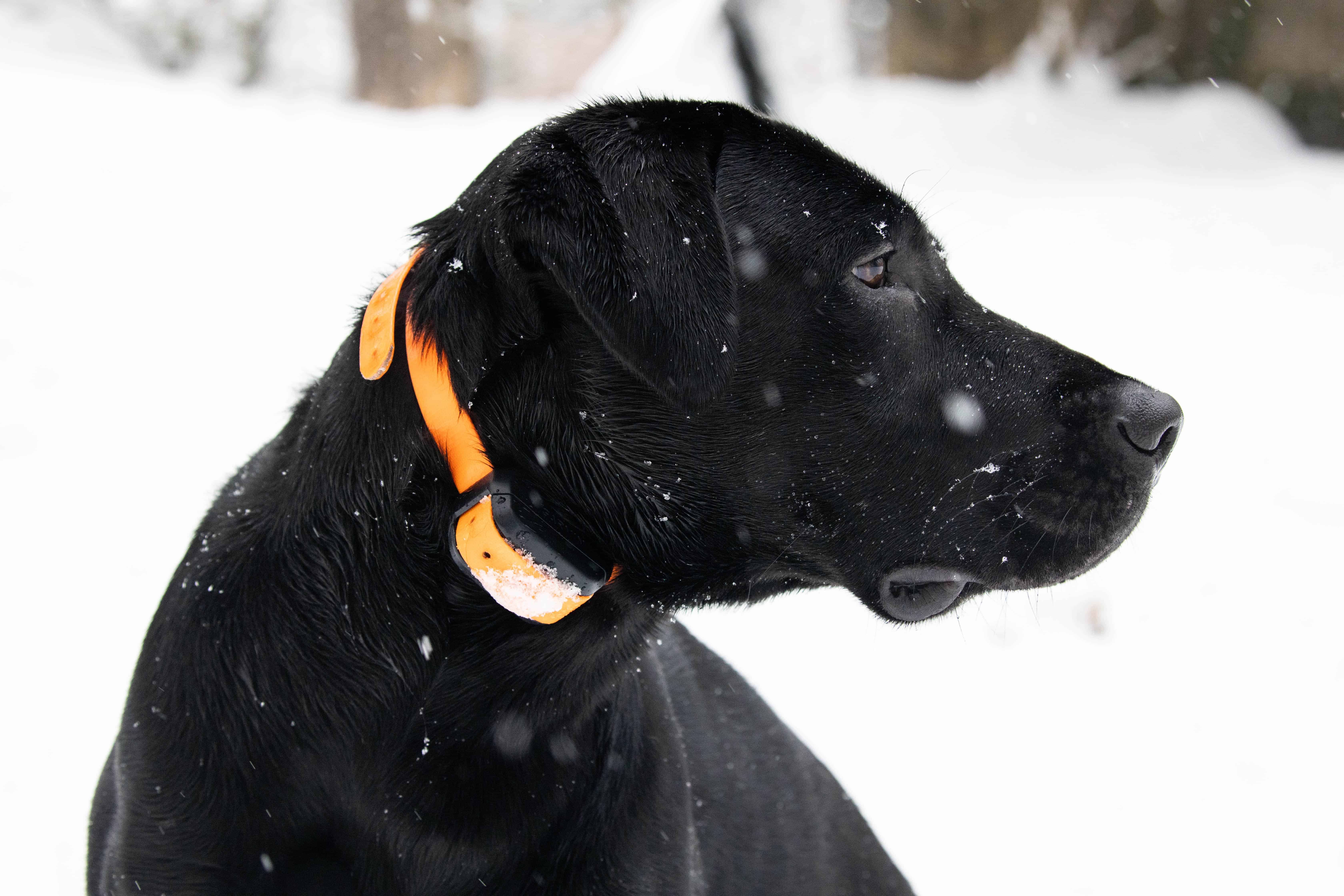The relationship between humans and their canine companions dates back at least 14,000 years ago based on fossil evidence. Humans and dogs have worked together to hunt, herd, protect territory and save lives. Our relationship with dogs is special – they help us locate objects, complete tasks, make us happy, and protect us from harm. In return, we feed them, house them, provide their medical care, and make sure that their needs are met. Sometimes it even feels as though our dogs understand us just as well as the humans in our lives do.
As intuitive as this relationship may seem, it is easy to forget that humans and dogs are two distinctive species possessing very different communication styles. In a world where dogs live very closely with us, fostering good communication is imperative to the seamless coexistence we all dream of having with our canine companions.
What is communication?
The Merriam-Webster dictionary defines communication as:
“A process by which information is exchanged between individuals through a common system of symbols, signs, or behavior.”
Although body language is important, humans are generally very verbal communicators who exchange information through words. Although dogs communicate to some extent through vocalizations, they exchange most of their information through body language cues. This difference in primary communication styles can create confusion and frustration in dog-human relationships – a factor which should always be considered when developing interspecies communication channels.
What are the benefits of good communication?
Oftentimes, humans attempt to communicate to their dogs through words, and we become frustrated when we feel as though our dog is not responding to us. This is quite simply because the dog doesn’t understand. Dogs are very contextual animals and this is the main thing they latch onto rather than our verbal cues. Dogs are not as verbal as we’d like to think they are, but they are masters of contextual observation and become adept at reading our body language. Our brains are hardwired for learning language, but the dog brain is not. Because of this, we must communicate with them differently than we communicate with other people. For some people, this will require a significant change in communication style – something which requires effort and consistency. This being said, the benefits of implementing an effective communication strategy far outweigh the work which will go into creating it.
There are many benefits to having good communication with our dog, some of which include:
Reduced frustration
One of the most significant benefits to fostering effective communication is that it helps minimize the frustration caused by bad communication. One sign that your dog is frustrated is that they will be offering up different behaviors because they don’t understand exactly which one you want them to perform, so they offer up all behaviors. Frustration from poor communication can heighten other stress-inducing emotions which often causes conflict which can be very taxing on mental energy that ends up needlessly wasted. If communication is terrible it can be very damaging to the relationship, diminishing respect and fostering distrust.
Consistent behavior
If the messages being transmitted from the handler to the dog are being received accurately, the information will be very clear. Clear information from a human to their dog tells the dog exactly what the person is trying to show them, what the goal of the interaction is, and if they want the outcome of that interaction to be repeated in the future along with how the handler feels about a particular behavior.
Improved safety
Effective communication does wonders for increasing safety for dogs and their humans. Off lead, effective communication can prevent dogs from running into a road, getting into a fight with another dog, or consuming dangerous substances. When on a leash, there is so much communication going on that it’s almost an artform if you can become a great handler. Good leash communication gives your dog a ton of information and it is the most fundamental tool! Everything from not pulling and nice heeling, to what’s unacceptable behavior or using Opposition Reflex to our advantage. Effective communication can prevent a dog from physically injuring themself or their handler, responding undesirably to triggering stimuli, or forcefully interacting with a passerby.
Reaching training goals faster
Effective communication does wonders for accelerating learning. If your dog understands exactly what you are asking them to do, you can implement complexity faster and develop more accurate, consistent behavioral outcomes throughout the learning process. When you have a Zen-like communication with your dog, it can be one of the most beautiful things to improve your relationship with that particular dog. It becomes a synergistic energy that puts your mutual communication on a higher plane, making your bond incredibly strong.
Improved social etiquette
If you can communicate the behavioral expectations you have for your dog to them, it is possible to convey how you expect them to behave in varying situations. Whether on walks, outings to pet-friendly facilities, visits to friends’ houses, in working dog or sport dog scenarios or on any trip where your dog is accompanying you, effective communication will maximize the chances of your dog behaving appropriately.

How to communicate with your dog
The answer to effective communication with your dog is this: make communication count. Communication with your dog must be intentional, and should not be mindless and repetitive. Communication must also speak to your dog in a way that is understandable for them – remember that just because you understand what you’re saying, it does not automatically mean that they do.
All too commonly, people use words to ask their dog to do things that the dog does not understand. Many times anthropomorphism can be at the root of the problem – even subconsciously. It’s easy for the inexperienced to forget that a dog’s cognition does not work in the same way that ours does. The human prefrontal cortex is much larger and more complex than dogs. Dogs rely more on instinct and learned behavior than complex reasoning and planning. Asking your dog to exhibit a behavior with a word that does not yet have meaning is futile and often causes frustration for the human party involved in the interaction.
When you would like to begin working on effective communication, the first thing to do is to think about the things which you would like your dog to understand. The first thing you want to teach the dog is the muscle memory of the desired behavior. Remember, dogs are not as verbal as we think they are, and physical always overrides verbal. Until the dog understands the physical aspect and muscle memory of the desired behavior, then we can add the verbal cue paired with the desired behavior, but not until the dog is well into the acquisition phase of learning the new behavior. Salience promotes learning because it has implications for a dog’s quality of life, whereas meaningless sound is often irrelevant.
Obedience cues are a form of communication because one party is attempting to transmit particular information to another. It is important to ensure that each of these words is taught correctly by ensuring that the dog understands precisely what you are asking them to do before assuming that they understand. You can communicate your desired behavioral response by luring the dog into a particular position and reinforcing the correct behavior, shaping the behavioral response with a conditioned Marker cue, or by reinforcing the desired behavior within the contexts in which you expect that behavior to be performed.
Another aspect of effective human-dog behavior is body language. Since dogs convey a great deal of information through body language within their own species, they are very observant of human body language as well. By being cognizant of the body language demonstrated when partaking in activities, (remember physical, always overrides verbal cues in dog training) which may be significant to your dog, you can learn which of your behaviors they are responding to and can adjust accordingly to get a different response. Try to be aware of and weed out unintentional physical cues that your dog may be picking up on, for example, always reaching for the treat pouch at the same time or prior to marking the behavior. If you’re always bending down or pointing when you tell the dog “Down”, overshadowing takes place, and your dog will pick the most relevant cue to them – which is going to be the physical cue.
The dangers of overcommunicating
One potential issue that many people run into is overcommunicating with their dog. This can take the form of regularly talking to your dog in a way that is not significant, asking repeatedly for an obedience cue when your dog is not responding, and asking your dog to offer novel behaviors without context.
When you overcommunicate, you can rapidly habituate your dog to things which you would like to have meaning. Habituation refers to the decreasing response experienced after repeated exposure to a seemingly irrelevant stimulus. In this particular context, the term “Learned Irrelevance” is often used to describe the particular type of habituation occurring. For instance, if a dog hears the word “sit” repeatedly without understanding of the behavior or its relevance, the brain will eventually “zone” the sound out. The more often they hear an irrelevant word, the less they will respond to it, until eventually their brain favors competing stimuli to the extent where your cue is barely acknowledged. The same thing can occur with voices or other sounds – the more often a dog hears something that has no meaning, the less their brain responds to it.
Troubleshooting
Learned irrelevance poisons words which should have meaning, and it can make it difficult to train behaviors using the irrelevant cues. For instance, if you often attempt to call your dog but they almost never respond promptly and accurately, your recall cue has likely become irrelevant or has lost potency. In these situations, it can be useful to select a novel word that your dog rarely hears, while also extinguishing use of the old word. If you intend on using the old word you should teach the dog the behavior from scratch like it’s a new learned behavior. The best course of action is to speak to a professional dog trainer. With either the new word or the old word, you will want to take the time to deliberately teach your dog what your expectations are, providing plenty of reinforcement when the behavior is offered correctly.
Use visual cues such as eye contact to your advantage, and minimize environmental distractions during the learning process to ensure that the primary signals that your dog is receiving are coming directly from you. It is also pertinent to understand that dogs are contextual learners, and do not tend to automatically generalize behaviors. This means that just because they learn “sit” in one environment and context does not mean that they understand that the rules apply in all contexts. In order to generalize a behavior, you will want to practice in a variety of environments, gradually increasing distractions and complexity.
If you implement these suggestions and are still having difficulties establishing an effective communication channel between yourself and your dog, it will be beneficial to speak with a qualified dog trainer. At K9 Evolutions Dog Training, we will evaluate your situation and help you understand where information is being lost in translation. By working with us, you will learn how to capture your dog’s attention and effectively communicate with them – leading to a lifelong bond based around partnership and respect. Contact us today for more information.




